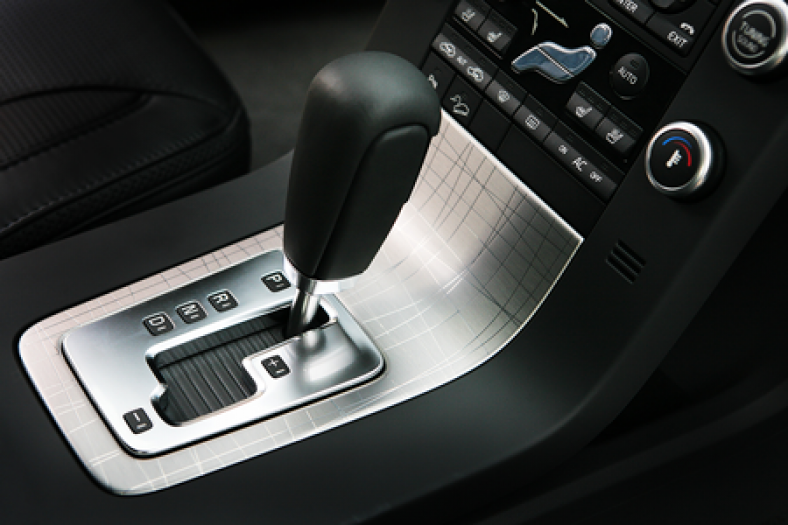In many developed countries, driving cars with manual transmission is increasingly a lost art. It requires more skill to drive these kinds of cars and operating them can be quite frustrating for some people. However, there is one benefit of owning a manual car: It is more efficient. Efficiency is never at 100 percent on automatic cars because they use fluid coupling. On manual cars, engine and wheels are connected directly, which minimize energy loss.
It’s one reason why high performance and race cars have manual transmission. Even the most responsive automatic transmission can’t anticipate what drivers want to do. It simply reacts to how drivers use the accelerator and brake pedals. With manual transmission, drivers can shift the gear moments before it’s needed.
Transmission is used to regulate the speed of gears and engines have a specific range where it’s the most efficient. The efficient range for typical passenger cars is 2000rpm and the peak torque is achieved at about 4000rpm. The engine begins to deteriorate at 5000rpm, so drivers can prevent damages by keeping the tachometer at a safe range.
While the ideal range for an engine to operate efficiently is quite narrow, the car itself can run at much wider speed. High speed requires lower torque, while lower speed requires higher torque. Without a transmission, the car will begin to run immediately after the engine is started and braking the car will potentially damage the engine, due to significant amount of friction between shafts.
In essence, transmission is a complex assembly of gears that allow cars to run steadily on any speed. Unlike sprockets and chains on bikes, gears in car transmission are always engaged with one another. However, gears don’t always engage with driveshaft and they may freewheel near it, allowing the car to stay idle while the engine runs. Dog gears have an essential task of coupling other gears to the driveshaft.
The grinding sound when we shift poorly comes from improper contact between main and dog gears. Shifter lever is used to move the dog gear and it protrudes up the car’s floor.
There are a number of typical transmission issues and some of them are preventable. Transmission that’s low on lubrication fluid could cause the bearing to wear out and in some cases, gears may stuck to one another. Car owners should listen to occasional whining sound that comes from the transmission, since it may indicate that additional fluid is necessary. On older cars, the synchronizer gears may wear out, which causes the clutch to disengage.
Prior to moving the gear, worn our synchronizer gears may cause gnawing tones. Often, the 1st and 2nd gear will break down first. If the mechanic says that the transmission needs to be rebuilt, it could be necessary to replace the clutch too. Much of the work is related to taking the transmission out, replacing the clutch and putting everything back into the car. Automatic transmission is more complex and it could be difficult to find out precisely about things that have gone wrong.
The Author is an expert in professional seo services. And can be reached via his website for any business seo related information and questions.

